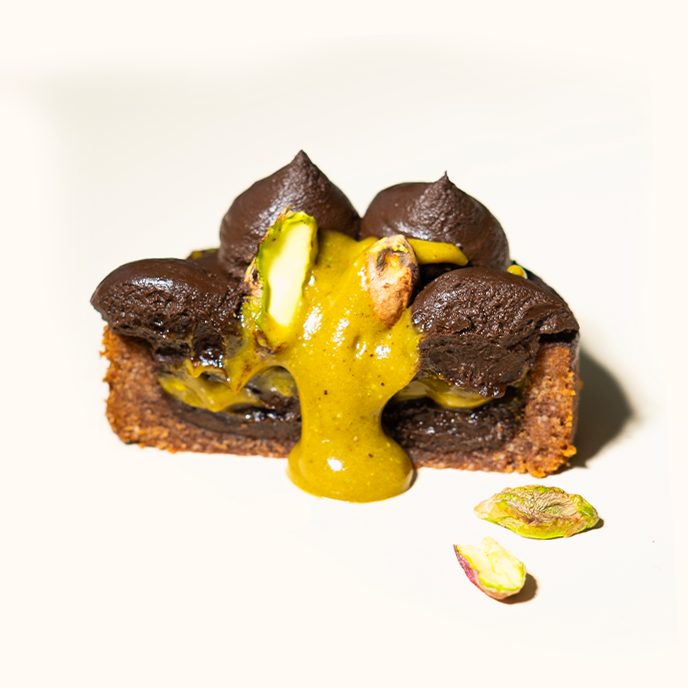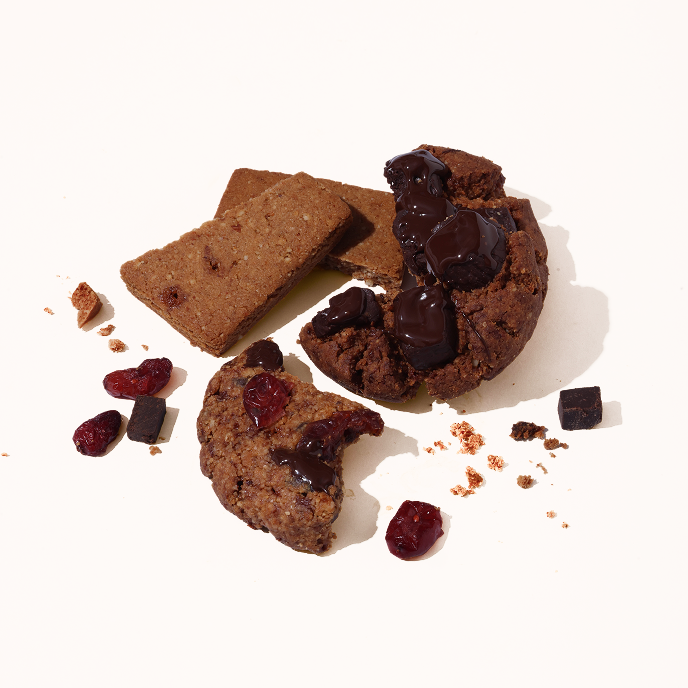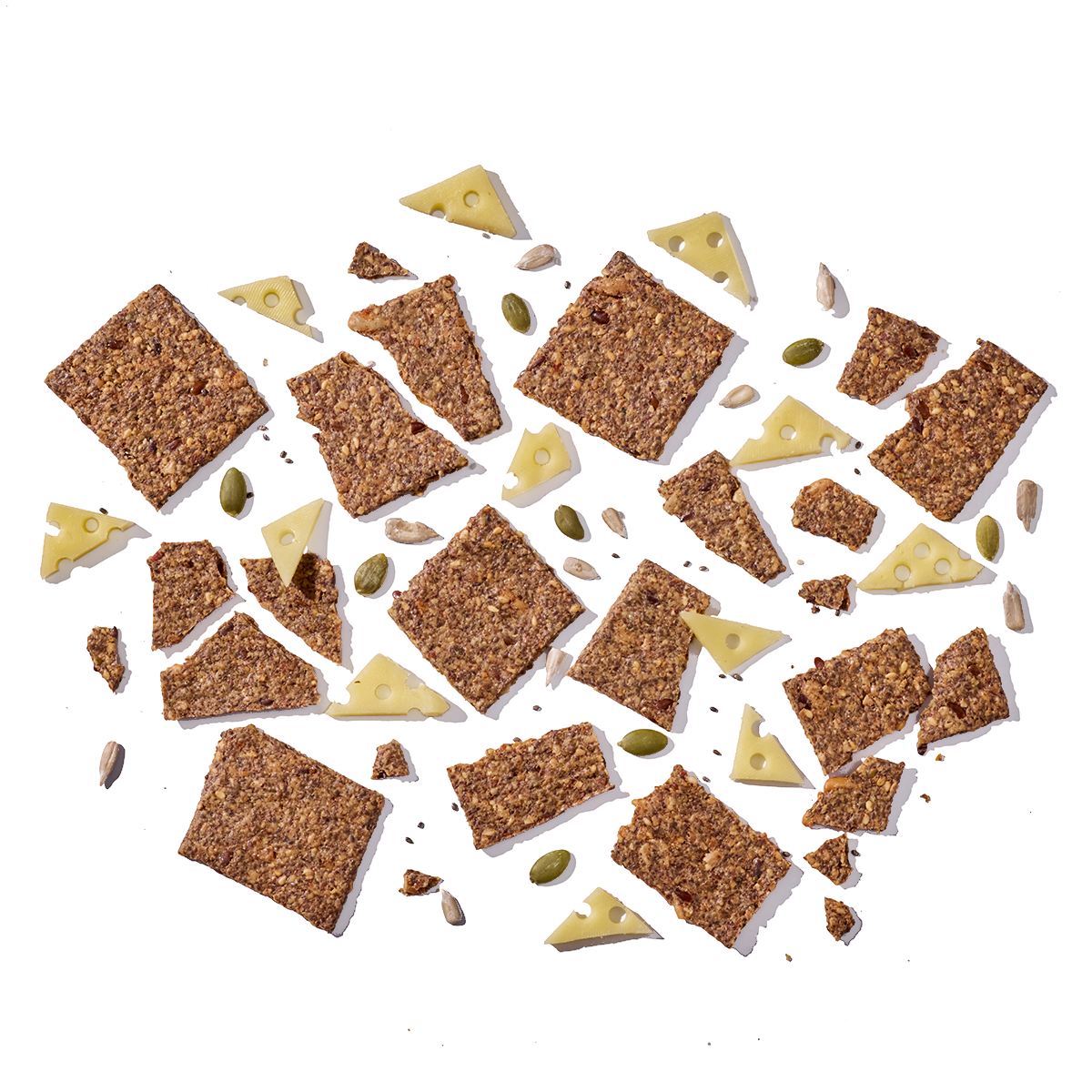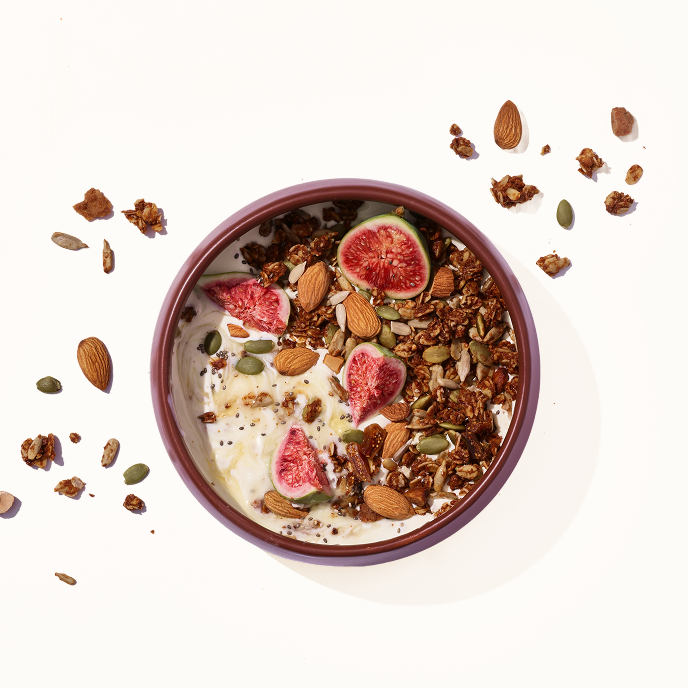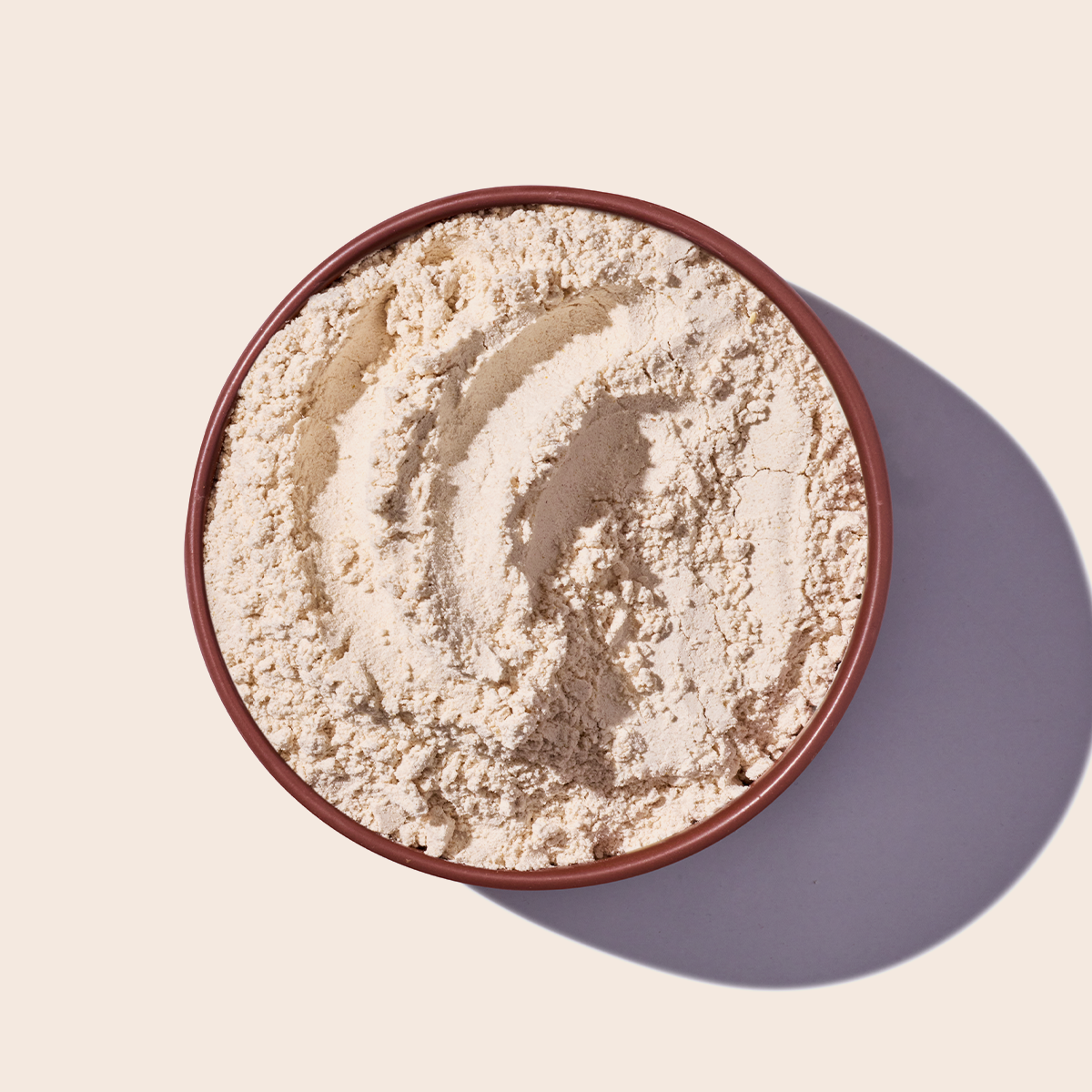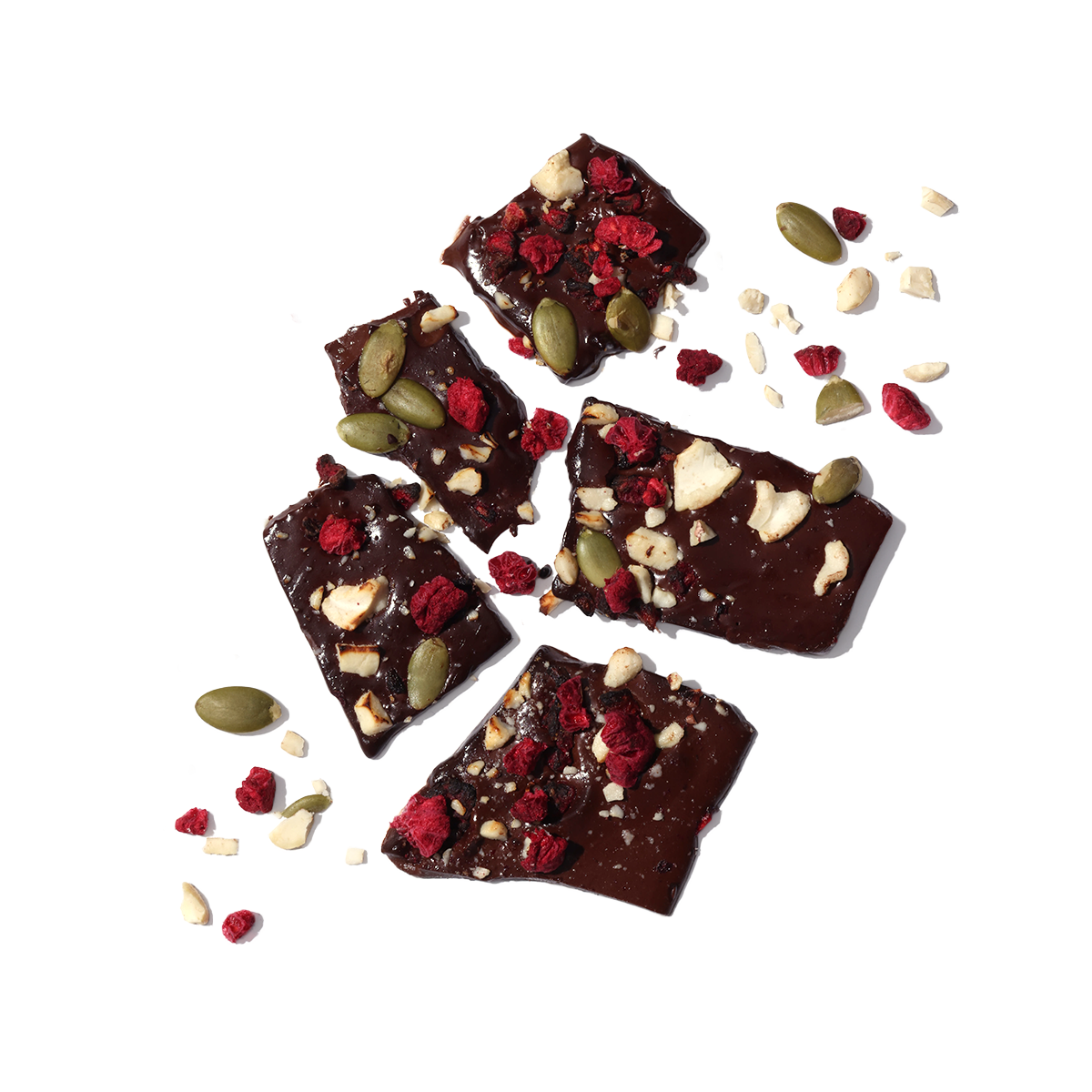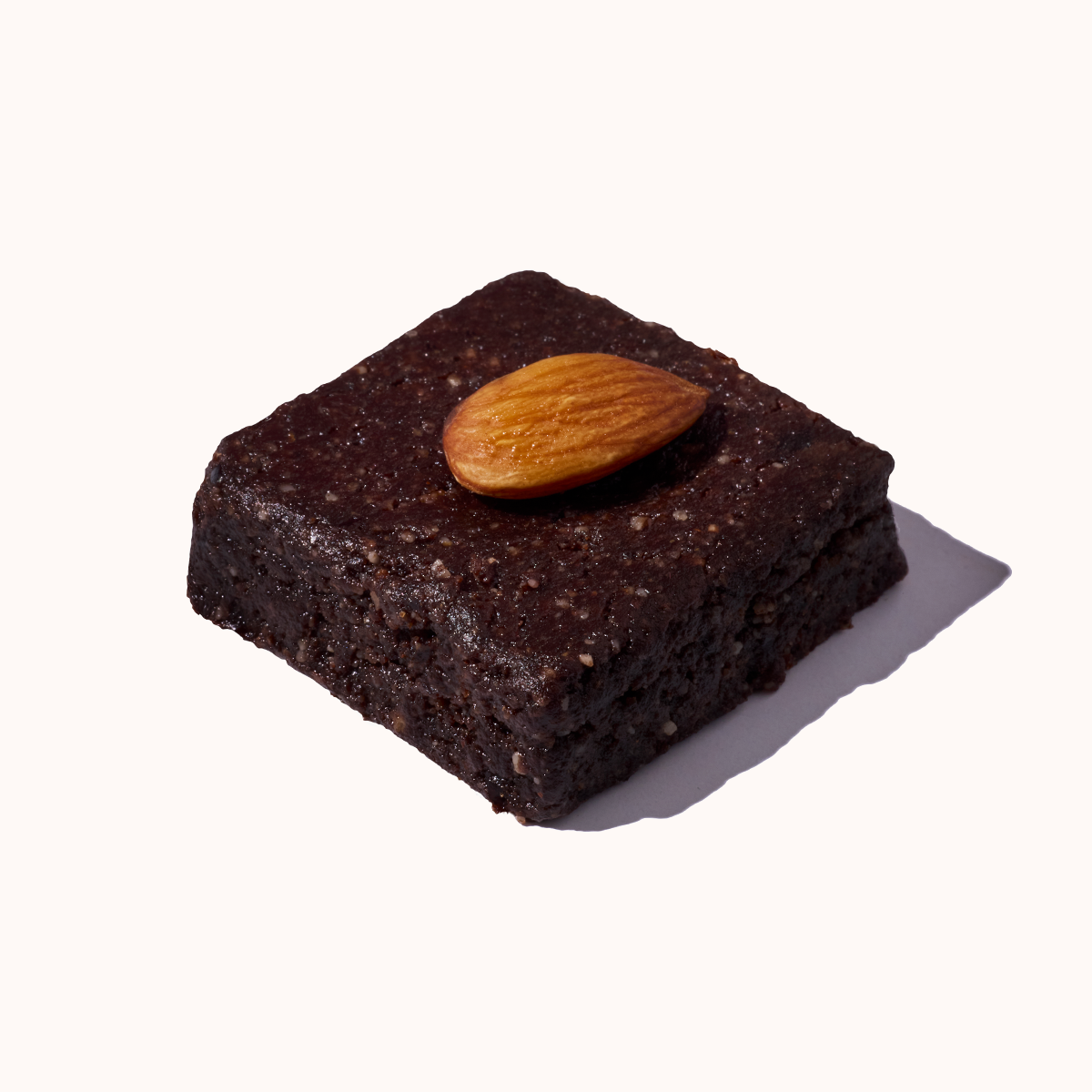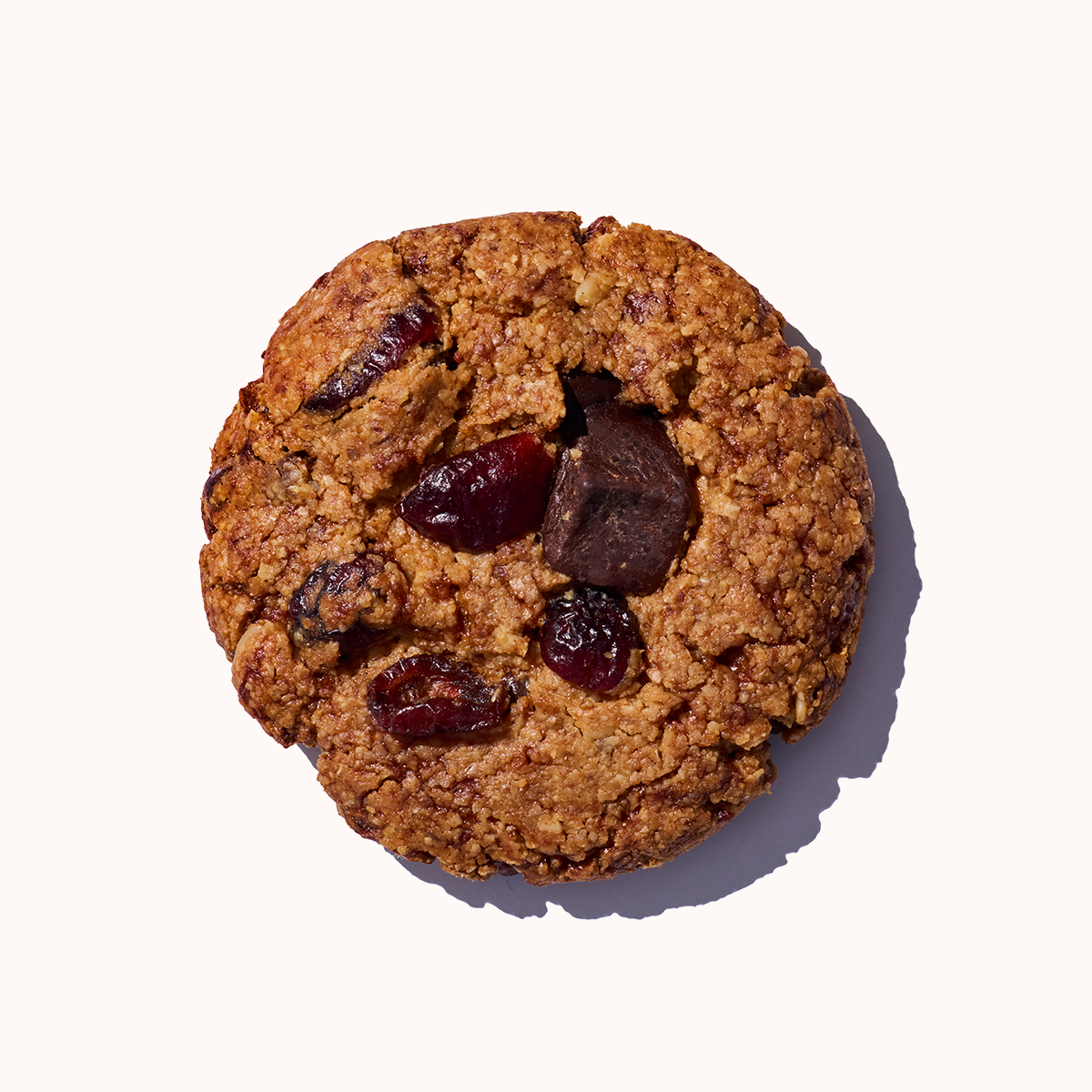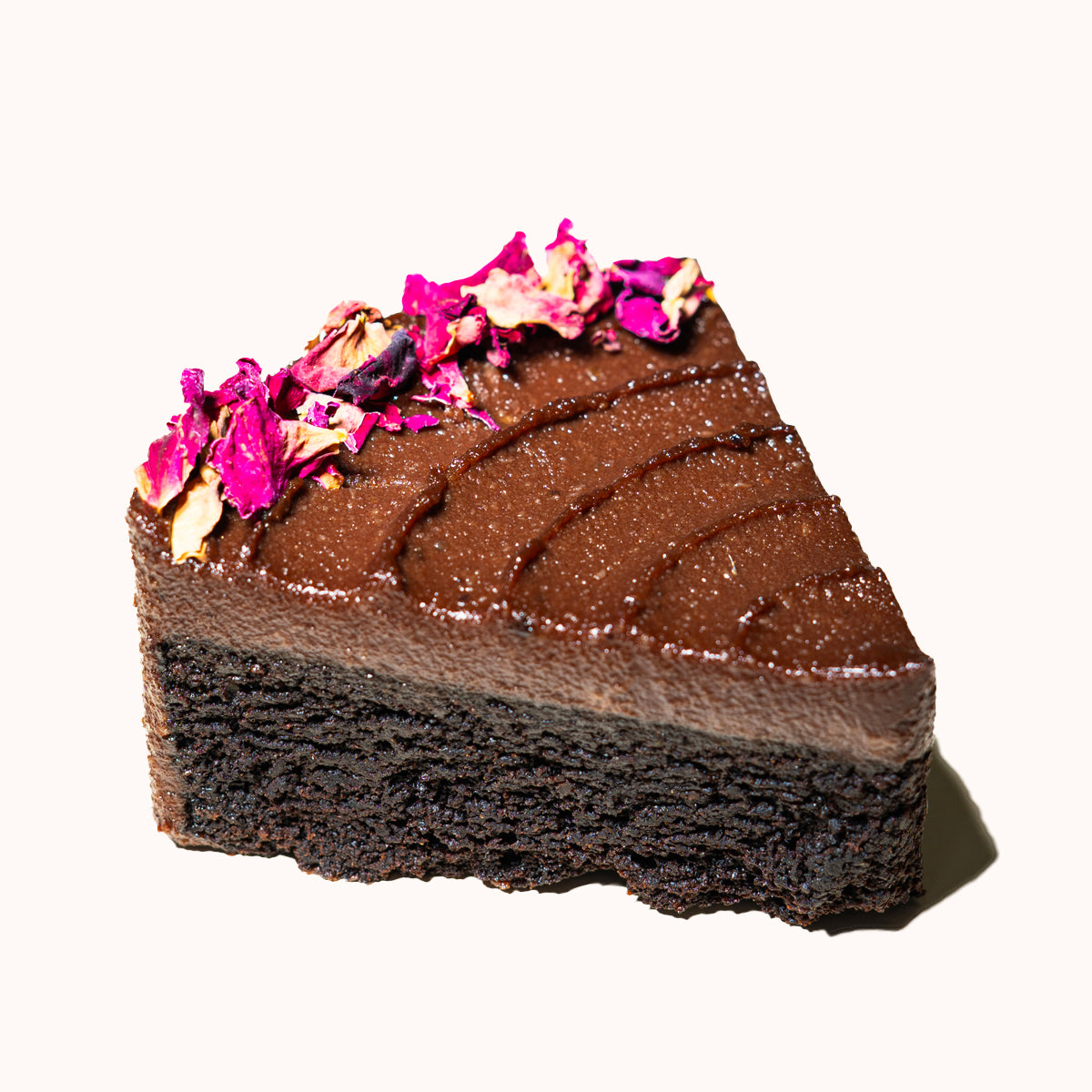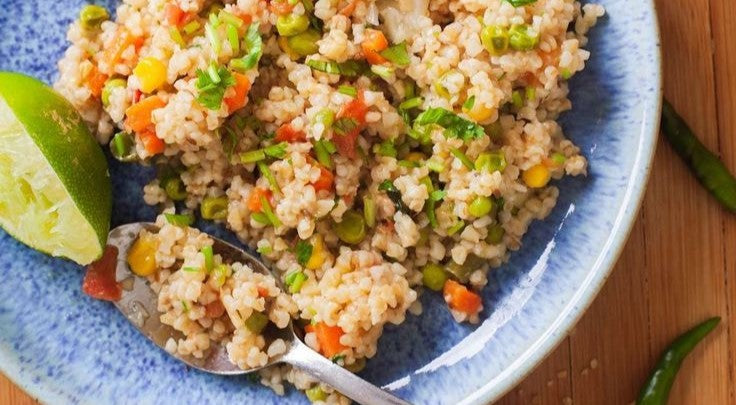Tying to eat healthier while managing diabetes sometimes can seem impossible! One minute you might feel super proud of making the best lunch choice, and the next, you're sitting with your stomach feeling like a combination of sugar and preservatives wondering if that post-lunch energy crash was really worth it.
If you get stuck between googling "boring health food" and stressing about sugar spikes, it’s time we introduced you to an ancient grain we think has been underrated - millets.
Yup, those tiny grains your grandma probably loved? They’re back, and with a plan to bring your blood sugar back into balance.
Why Blood Sugar Swings Matter More Than You Think
We think we can say we have all felt that post-lunch crash after the pleasant mood-lift and energy followed by a not-so-fun crash after eating too much food that is high in carbohydrates. Carbohydrates create fluctuations in the glucose levels of diabetics which can be extremely dangerous when levels spike during our "normal" eating patterns. If glucose levels are chronically spiking and returning to baseline, that's a recipe for health complications down the road, so being smart about food choice and carbohydrates is of utmost importance.
So, here's where the low glycemic index (GI) foods come in. They are the slower-burners. They don't spike the glucose during digestion and have a maintenance benefit on the bumps and dips of daily energy levels. And millets? They are technically GI royalty.
So... What Exactly Are Millets?
Millets are not a single grain, but an entire family of ancient grains taken together. They can be thought of as the “cool” nutrient-dense, slightly more delicious cousins of rice and wheat. And, they have been grown for centuries in Asian and African countries, it's about time they got some glory!
Here are a few you might want to meet:
- Bajra (Pearl Millet): Rich in iron, with a deep nutty taste.
- Jowar (Sorghum): Gluten-free, mildly sweet, and versatile.
- Ragi (Finger Millet): Loaded with calcium and super filling.
- Foxtail Millet: High in fibre and antioxidants.
- Kodo Millet: Gentle on the stomach and rich in B vitamins.
- Barnyard Millet: Fast-cooking, light, and fluffy.
-
Little Millet: Big on fibre and essential minerals.
Now let’s talk about why these humble grains are suddenly on every nutritionist’s radar.
Why Millets Are a Diabetic’s Best Friend
-
Low Glycemic Index = Steady Energy
Millets release glucose slowly into the bloodstream, helping you avoid the spike-and-crash effect. Compared to refined grains (like white rice or bread made with white flour), they provide energy in a more stable and sustainable way — just what you want your body to do as you manage diabetes.
-
Packed with Fibre (Your Gut Will Thank You)
Millet is loaded with fiber, both soluble (that can slow down sugar absorption) and insoluble (which improves digestion). This is a big deal when you live with diabetes. A healthy gut, which more fiber brings, equal better sugar control and less distress such as bloating and constipation!
-
Naturally Gluten-Free
Balancing your boat between gluten sensitivity and diabetes? No problem! Millets are naturally gluten free, so you can sub them anywhere without panic of inflammation or bloating.
-
High in Magnesium
Magnesium is important for insulin sensitivity and most of us do not get it enough from our daily meals. Millets help us bridge this gap and help provide more stable blood sugar control over time!
-
Dietary Antioxidants
Millets also contain many antioxidants to reduce or prevent oxidative stress, which contributes to the development and progression of diabetes and other chronic conditions. In simple words, millets are working to keep your cells healthy and do their best to provide a balanced system.
Easy Ways to Add Millets to Your Everyday Meals
If you’re wondering how to go from “interested” to “add-to-cart,” we’ve got you. Here are some simple, no-fuss ways to use millets in your kitchen:

Breakfast
-
Millet Upma: Use little millet or barnyard millet instead of semolina.
-
Foxtail Millet Porridge: Cook with almond milk, add chia, cinnamon, and berries.
-
Millet Pancakes: Millet flour + ripe banana + a bit of coconut oil = magic.
Lunch
-
Millet Buddha Bowl: Pair cooked millet with roasted veggies, paneer, and a tahini drizzle.
-
Millet Khichdi: Comfort food made healthier with barnyard millet and moong dal.
-
Kodo Millet Salad: Toss with cucumber, mint, greens, and a lemony dressing.
Dinner
-
Stuffed Millet Paratha: Use bajra or jowar flour, stuff with spiced methi or spinach.
-
Millet Dosa: Ferment a mix of millet and urad dal for a crispy, gut-friendly treat.
-
Veggie Millet Soup: Stir cooked millet into your favorite soup for extra texture.
Bonus: Diabetic-Friendly Desserts That Actually Taste Good
We get it — cravings are real. That’s why we love millet-based sweets that don’t mess with your glucose. The Cinnamon Kitchen’s diabetic friendly desserts are both diabetic-friendly, refined sugar-free, and totally gluten-free.
- Keto Flourless Cake
- Keto Flourless cookies
- Keto Mango & Strawberry Cake
- Keto Chocolate Mousse Jar
- Keto Flourless Travel Cake
- Keto Dark Chocolate Rocks
Now you can indulge… without the aftermath.
Why We’re All About Millets at The Cinnamon Kitchen
At The Cinnamon Kitchen, we don’t believe in sacrificing taste for health — ever. We’re here to prove that nutritious, diabetic-friendly meals can be exciting, satisfying, and deeply flavorful. Millets are one of the many ingredients we use to make that happen.
Whether you’re managing diabetes or simply looking to eat better, millets offer a powerful, delicious path forward. They’re not just a trend — they’re a return to something wholesome and time-tested. So the next time you’re wondering what to put on your plate, think small — tiny millet grains with massive benefits.
Ready to take the guesswork out of eating well? Start with millets. Your blood sugar (and your taste buds) will thank you. Order now!


